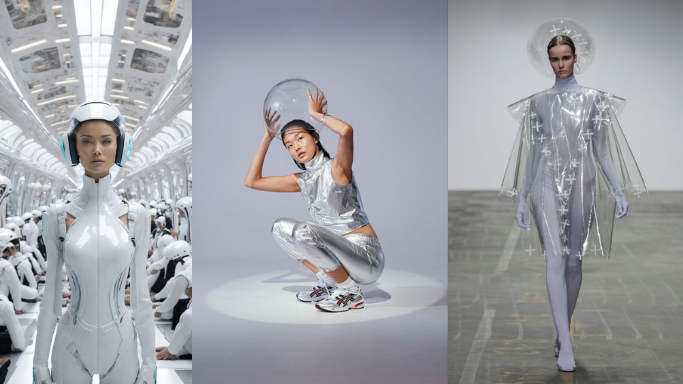
The Futuristic Fashion with Cutting-Edge Technology.

Fashion futurism is revolutionizing the industry with technology" encapsulates the transformative impact of advanced technological innovations on the futuristic outfits. This statement suggests that the integration of cutting-edge technology into various aspects of the fashion industry, including design, production, retail, and user experience, is leading to significant changes and advancements.
Evolution of Science in Fashion

Since the early 20th century, textile innovation has introduced groundbreaking materials like polyamide. DuPont launched polyamide to the market in 1938, finding crucial applications during World War II in parachutes, military gear, and uniforms due to its exceptional strength and durability. Post-war, polyamide transformed civilian industries, revolutionizing textiles and fashion with its versatility. Garments became durable, elastic, stable, water-repellent, and easy to launder, shaping the way we dress.
Smart Fabrics
Smart textiles are materials that can respond to environmental stimuli by integrating digital components and electronics. According to Pailes-Friedman from the Pratt Institute, these fabrics are revolutionary due to their diverse capabilities, such as communication, transformation, energy conduction, and growth. They can sense and react to various conditions, including mechanical, thermal, chemical, electrical, and magnetic stimuli.
Key components of smart textiles include sensors, actuators, and control units. These materials offer both challenges and opportunities in fields like medicine, sports, military, and aerospace, enhancing performance, health monitoring, functionality, and safety.

Augmented Reality (AR) and Virtual Reality (VR)
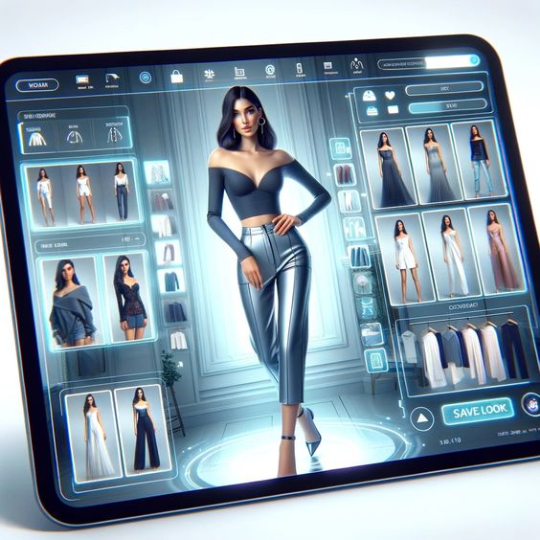
Augmented Reality (AR):
- Virtual try-ons for clothes and accessories.
- Interactive product visualization and customization.
- In-store AR activations for enhanced shopping experiences.
Virtual Reality (VR):
- Virtual fashion shows and events.
- Virtual retail spaces for immersive shopping.
- VR tools for design prototyping and creative exploration.
Biometric and Adaptive Clothing
Adaptive Fashion: Clothing designed to adjust to the wearer's body temperature, activity level, or environmental conditions. Brands like Ralph Lauren have experimented with jackets that heat up or cool down based on the wearer's needs.
Biometric Integration: Clothing that can monitor health metrics such as heart rate, posture, and stress levels, providing real-time feedback.
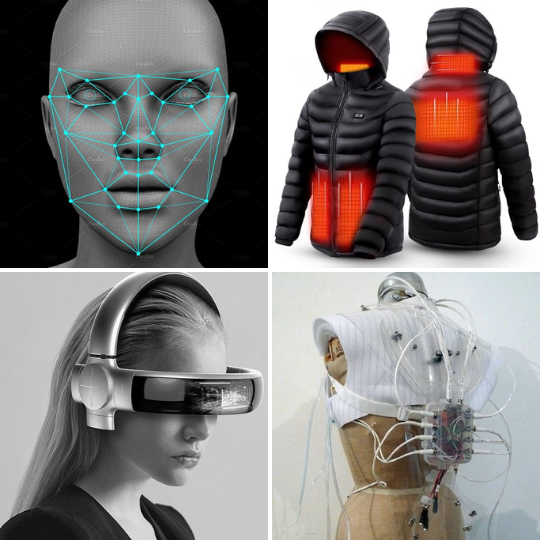
3D Printing and Customization
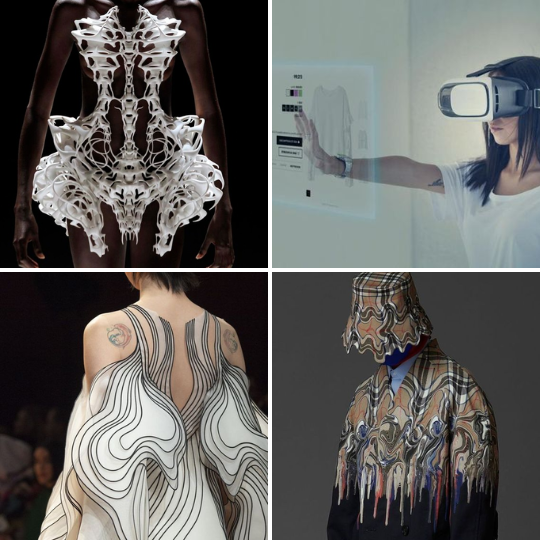
3D-Printed Fashion: Designers are using 3D printing to create intricate and customizable designs that are otherwise impossible with traditional methods. This allows for on-demand production, reducing waste and allowing for bespoke fashion.
Mass Customization: Technology enables consumers to personalize their clothing and accessories. Brands like Nike and Adidas offer custom shoe designs through their online platforms.
Sustainable and Ethical Fashion
Recycled Materials: Innovative recycling processes are turning plastic bottles and other waste into fashionable garments. Brands like Patagonia and Adidas with their Parley line are leading this movement.
Digital Fashion Shows: Virtual runways and augmented reality (AR) experiences reduce the carbon footprint associated with traditional fashion shows.
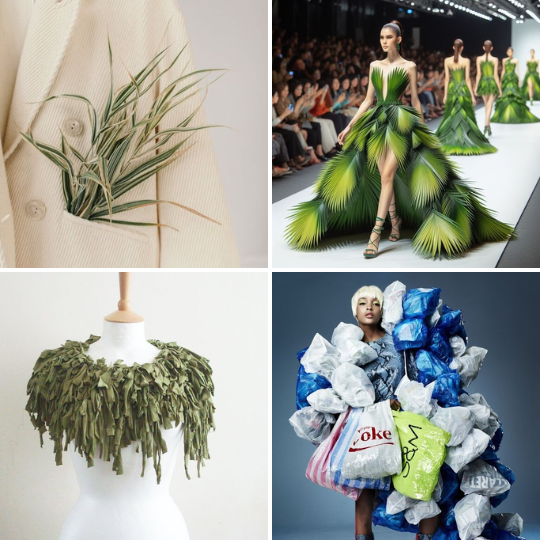
Impact of futuristic fashion on world.

Fashion Futurisim, driven by technological advancements, is set to revolutionize the industry in numerous positive ways, including sustainability, ethical production, personalized consumer experiences, and innovative design. However, it also poses challenges that need to be addressed to ensure inclusive and sustainable growth. By harnessing these technologies responsibly, the fashion industry can significantly impact the world, promoting a more sustainable, ethical, and engaging future.
Impact on Consumers
The integration of advanced technologies in fashion is set to greatly enhance the consumer experience, offering personalized, sustainable, and engaging shopping experiences.
While there are significant benefits, it is also important to address challenges related to privacy, accessibility, and inclusivity to ensure that the positive impacts of future fashion are widely and equitably distributed.

releted question
What is the future fashion trend?
arrow_drop_downFuture fashion trends emphasize nostalgia, sustainability, and technological innovation. Key styles include bold patterns, classic trench coats, and textured materials like fur and satin. Expect vibrant self-expression, heritage preservation, and eco-friendly practices to dominate the fashion scene in 2024-2025.
How to predict future fashion?
arrow_drop_downPredict future fashion by analyzing current trends, cultural shifts, technological advancements, and sustainability movements. Monitor fashion shows, industry reports, consumer behavior, and social media to identify emerging patterns and preferences (FashionUnited) (ModaCable) (C2 Fashion Studio) (Numéro Magazine).
What will clothes look like in 2050?
arrow_drop_downClothing in 2050 will feature smart textiles with embedded sensors, sustainable materials, and highly personalized designs. Expect augmented reality for virtual try-ons, multifunctional garments, and minimalist aesthetics driven by practicality and eco-consciousness.
What is the fabric of the future?
arrow_drop_downThe fabric of the future includes smart textiles with embedded technology, sustainable and biodegradable materials like algae-based fabrics, and recycled fibers. Innovations focus on enhancing functionality, comfort, and environmental impact, paving the way for eco-friendly, high-performance clothing.
More Blogs
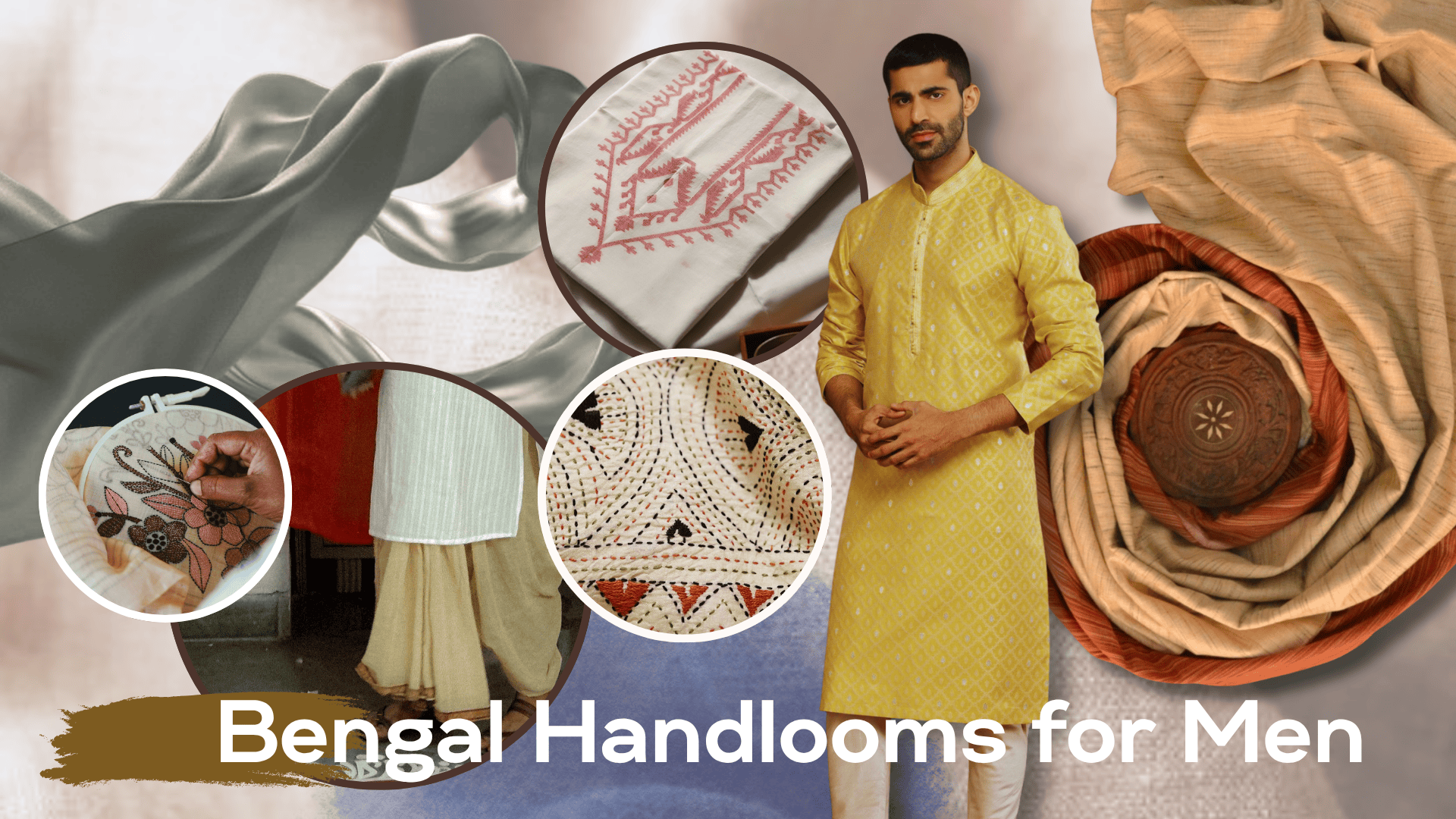
bengal looms for men: beyond the kurta
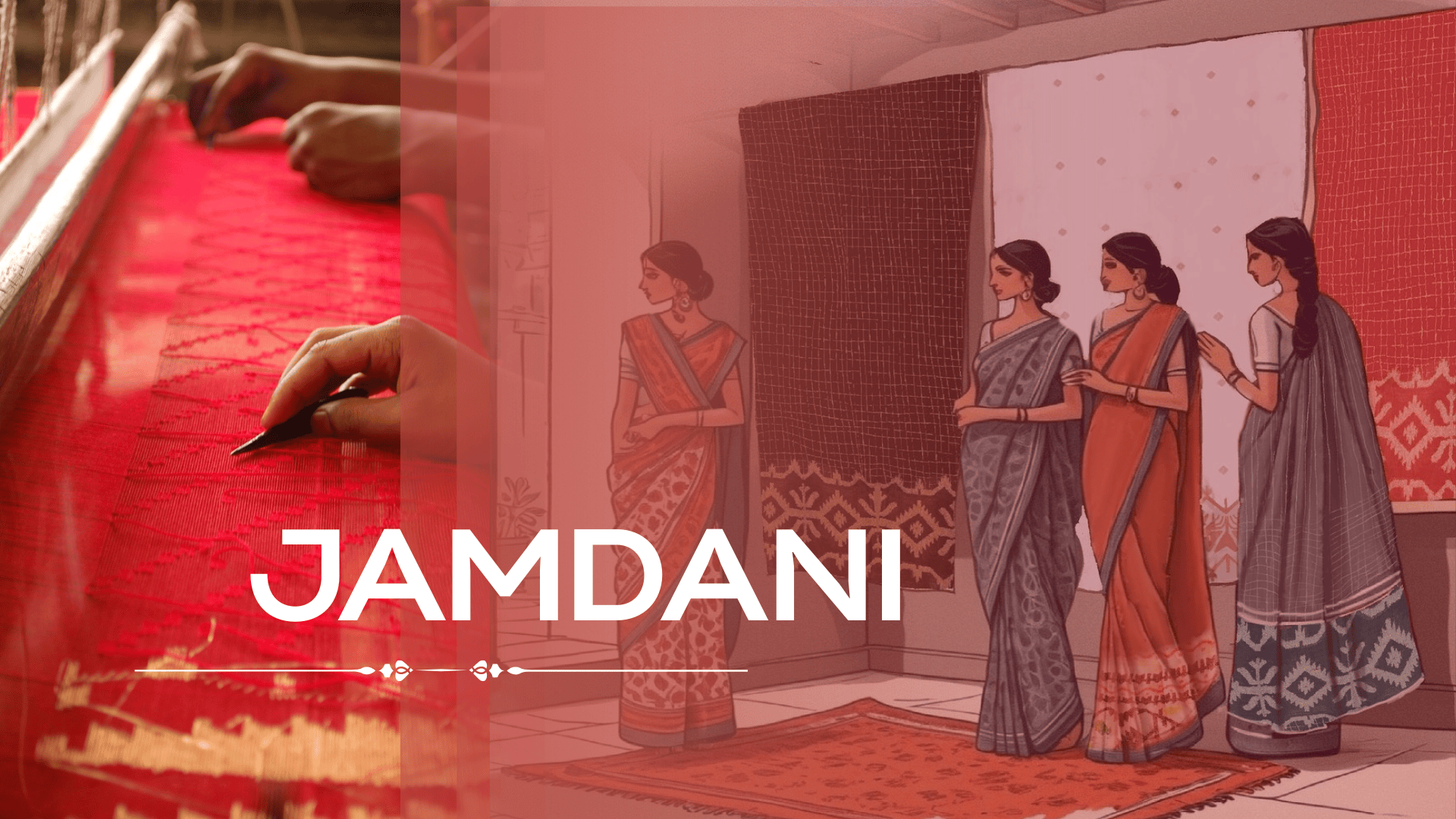
jamdani magic: why this weave is unesco-recognized as cultural heritage
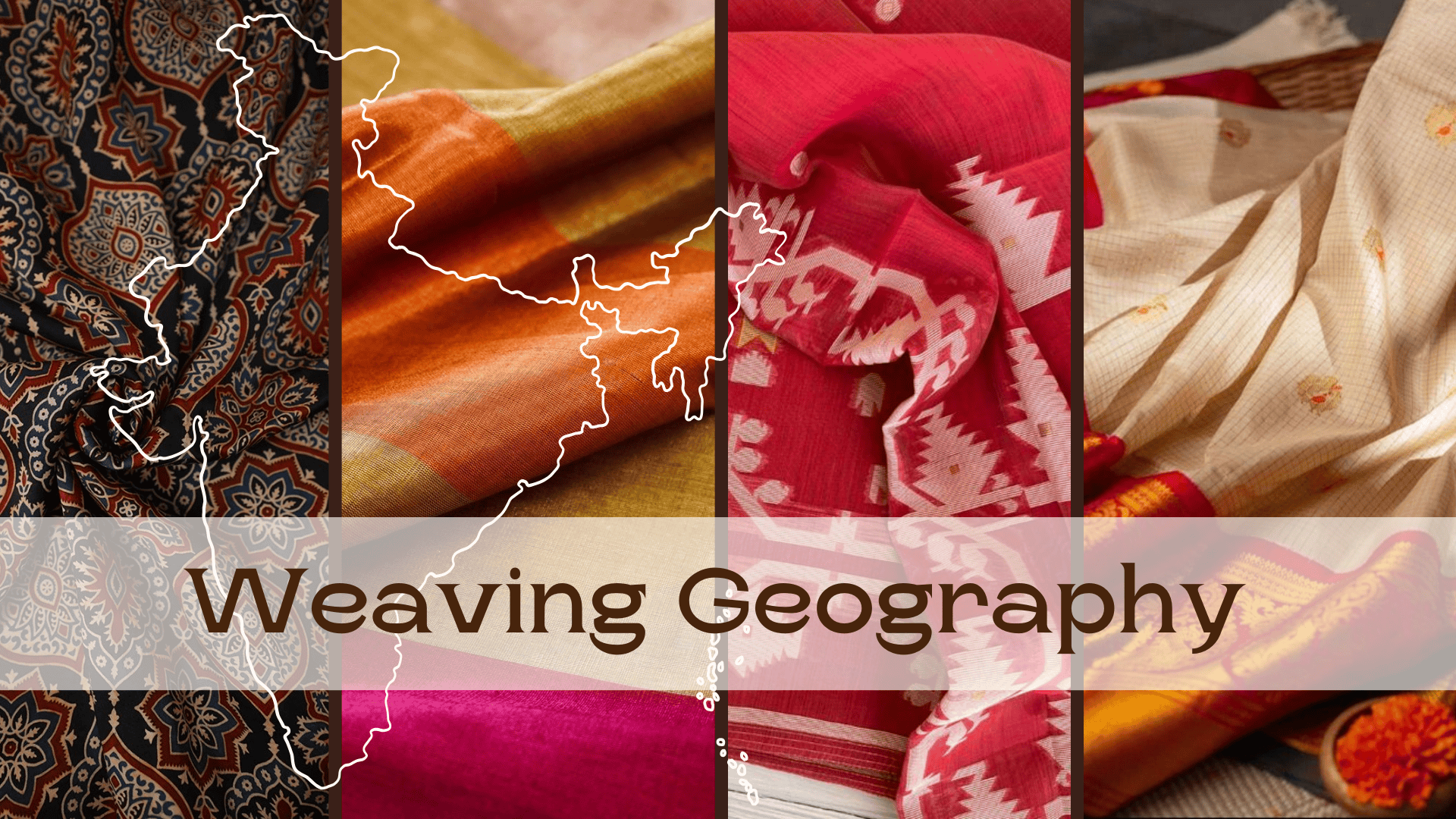
weaving geography: which district is known for which handloom fabrics

the ultimate guide to naturally dyed and block printing textiles
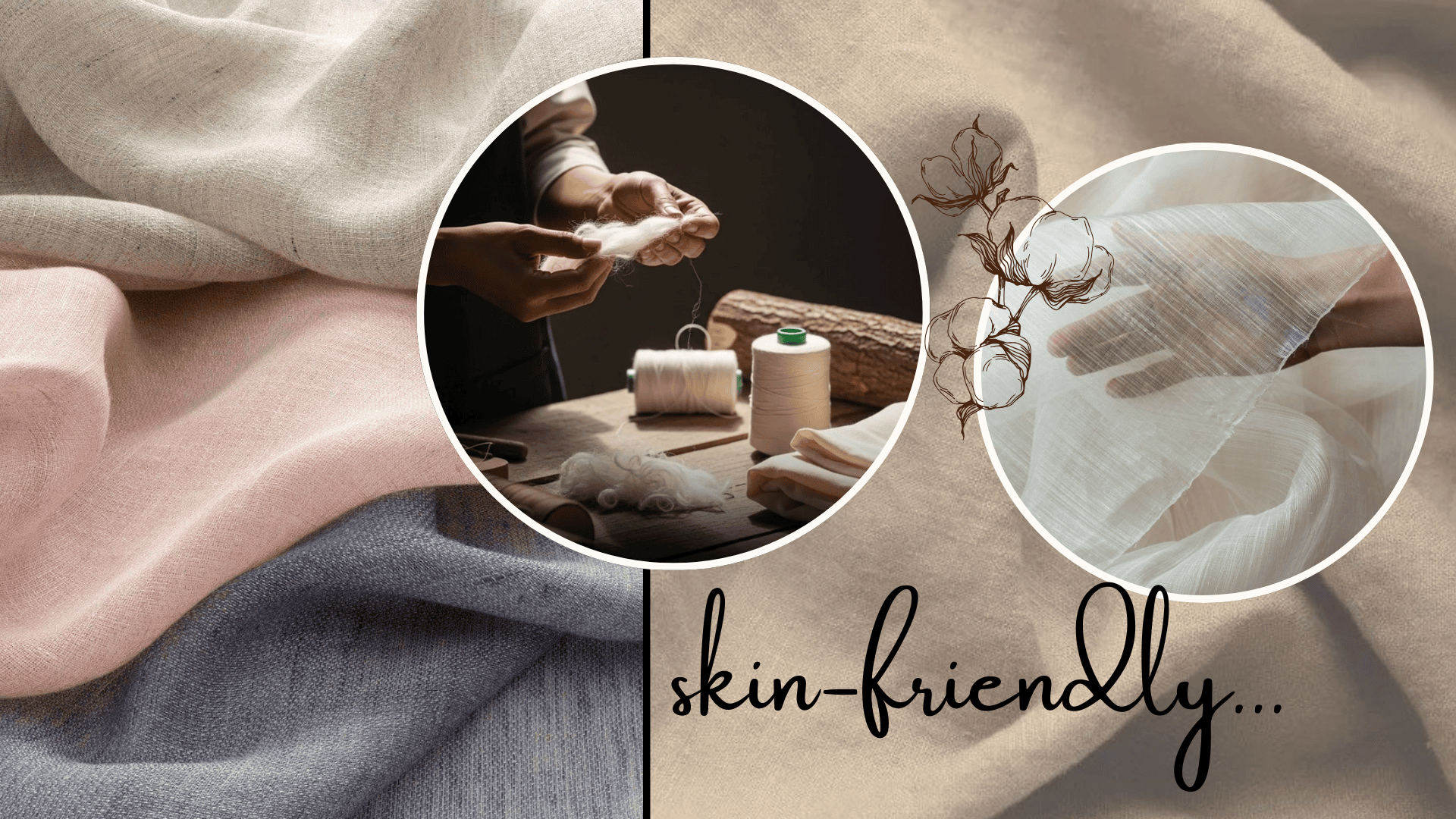
why skin-friendly textiles are the next luxury in fashion
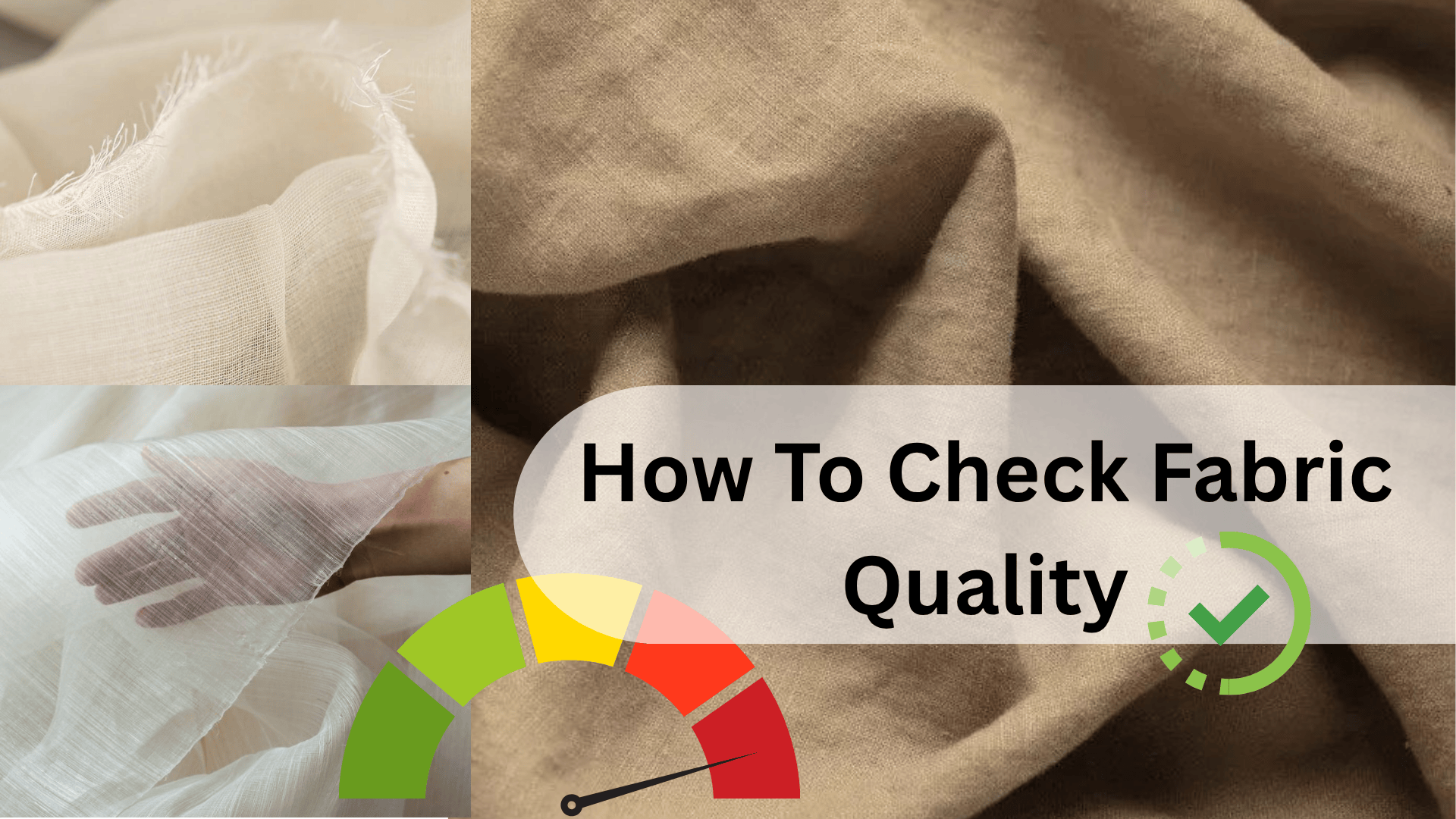
7 visual cues to identify fabric quality instantly






